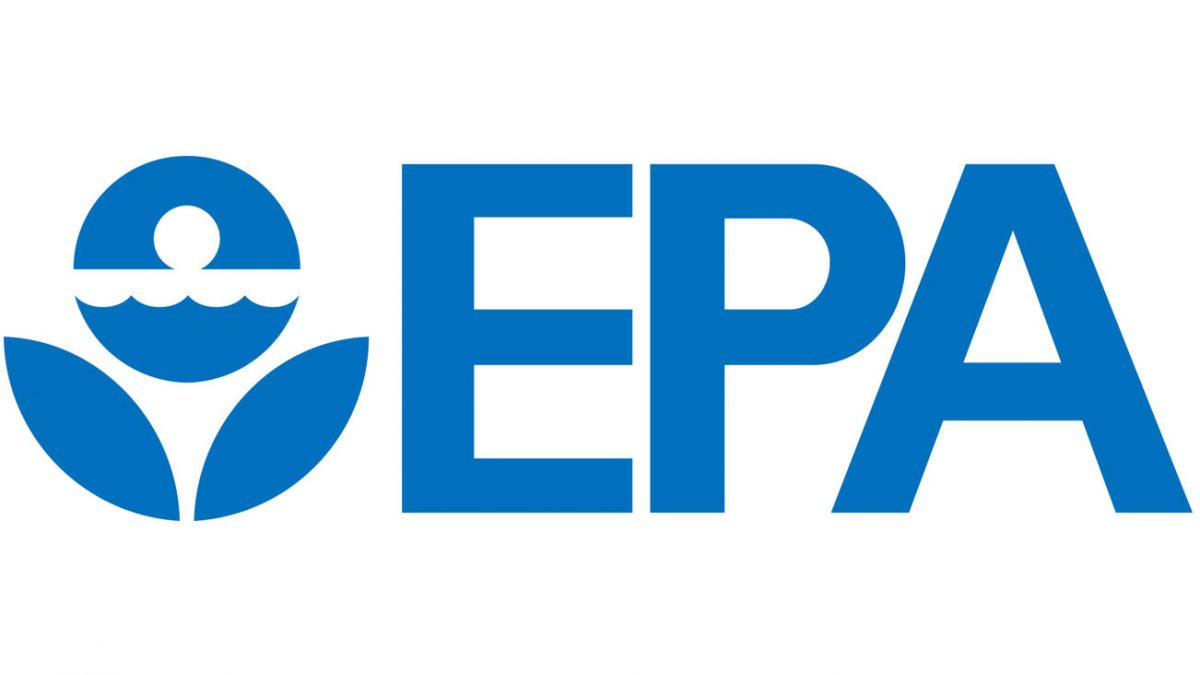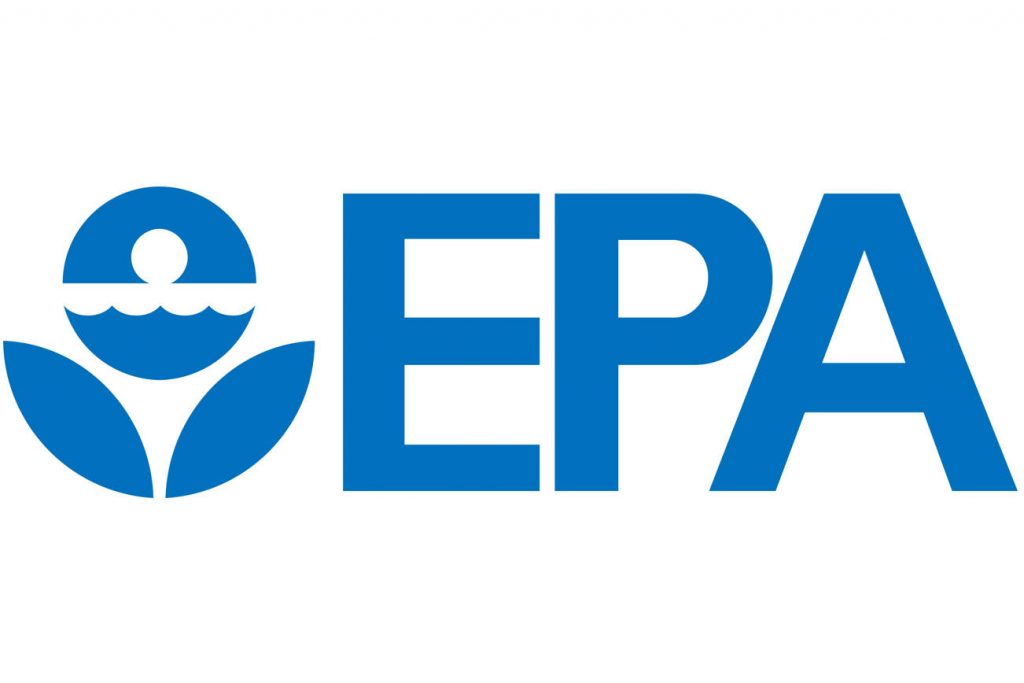EPA initiatives will help state and local governments cut climate pollution from commercial buildings

The U.S. Environmental Protection Agency (EPA) is announcing initiatives related to commercial buildings that support President Biden’s ambitious climate agenda. Commercial and multifamily buildings, which contribute 19 percent of U.S. greenhouse gas emissions, are a critical part of the solution.
“President Biden has called for an all-of-government approach to cut pollution that contributes to the climate crisis,” said EPA Administrator Michael S. Regan. “EPA and its Energy Star program are stepping up to meet this challenge by providing both policymakers and building owners resources to reduce emissions from the nation’s more than 6 million commercial and multifamily buildings.”
Through decades of partnership with EPA’s Energy Star program, private and public building owners have significantly reduced their emissions and energy costs by improving energy efficiency and building performance. Many cities and states across the country are building on this foundation to establish benchmarking, disclosure and building performance policies. The initiatives EPA is announcing today will tap into this vast experience to help propel the adoption of effective building performance policies.
The new initiatives include:
- Guidance to assist local and state governments in developing effective building performance policies.
- Enhancements to the Energy Star Portfolio Manager tool currently used by hundreds of thousands of building owners to assess their energy, water, waste, and emissions.
- A way to use Portfolio Manager data to estimate building emissions under different performance standards.
- Greater transparency into the data for the hundreds of thousands of buildings in Portfolio Manager.
EPA’s policy guidance includes analysis and recommendations of metrics, best practice resources including the Benchmarking and Building Performance Standards (BPS) Policy Toolkit, and peer networks. EPA is also providing a framework for selecting metrics and setting performance levels for building performance standards. The guidance will highlight approaches that are aligned with multiple community objectives such as energy and housing affordability and will help policymakers establish baselines and performance levels that achieve efficiency and emissions goals feasibly and equitably.
EPA’s Energy Star Portfolio Manager is an online energy measurement and tracking tool that serves as a trusted platform for building performance policies. Each of the roughly 40 state and local benchmarking and disclosure policies in the United States uses Portfolio Manager as its implementation platform. The agency will continue to provide technical assistance and software updates to help state and local governments administer benchmarking and BPS policies, and to streamline the compliance process.
Soon, the agency will unveil a new web-based tool that allows building owners to use their energy benchmarking data to estimate emissions under local building performance standards. Known as the Energy Star Portfolio Manager Building Emissions Calculator, this tool will also project the impact that changes in a building’s efficiency, fuel mix, renewable energy use, and emissions factors will have on their emissions over time.
EPA’s State and Local Climate and Energy Program offers free tools, data, and technical expertise to help state, local, and tribal governments achieve their environmental, energy, equity, and economic objectives.

